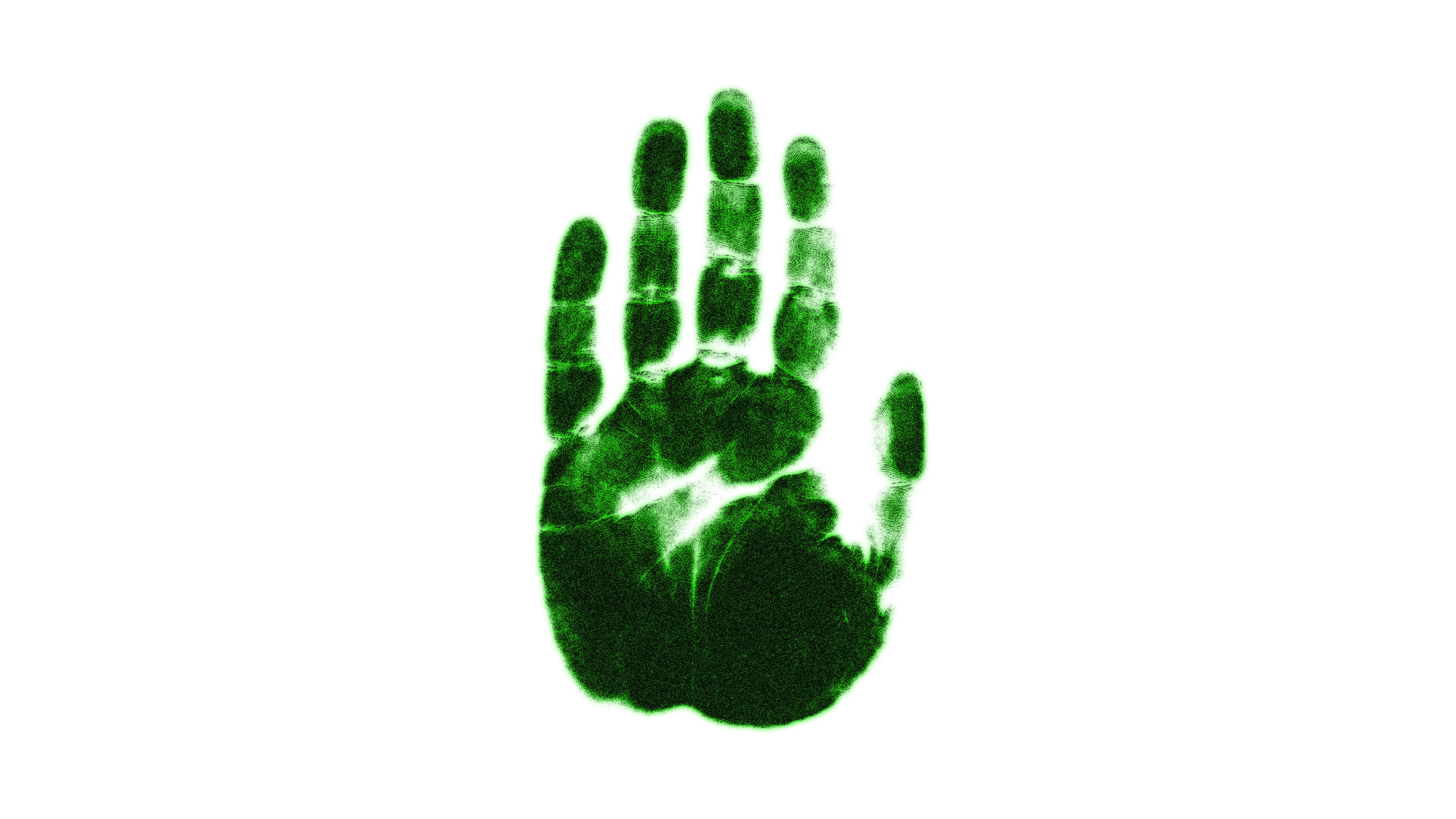Carbon footprint and carbon handprint
Renta is trying both to reduce its own carbon footprint by operating efficiently and responsibly, and to increase its positive carbon handprint by helping others reduce their emissions through its services.

Renta is trying both to reduce its own carbon footprint by operating efficiently and responsibly, and to increase its positive carbon handprint by helping others reduce their emissions through its services.

Renta is striving both to reduce its own carbon footprint by operating efficiently and responsibly and to increase its positive carbon handprint by helping others reduce their emissions through its services.
The term “carbon footprint” refers to the carbon dioxide emissions generated by a person, company, activity, or product.
On the other hand, “carbon handprint” is a concept that denotes the climate benefit of a product, service, or process, i.e., the emission reduction it provides to its user.
Carbon handprint is based on the benefit generated by an activity. It represents the portion of a customer’s carbon footprint that is offset when the customer adopts an environmentally friendly option compared to the baseline.
The concept of carbon handprint emphasizes the perspective of a self-reinforcing positive cycle.
